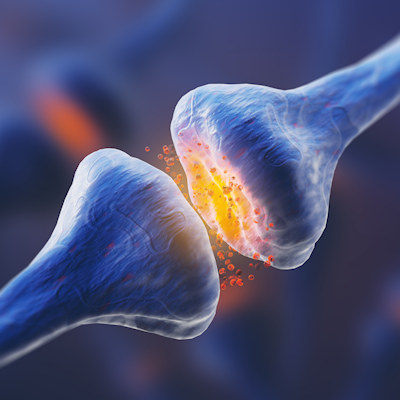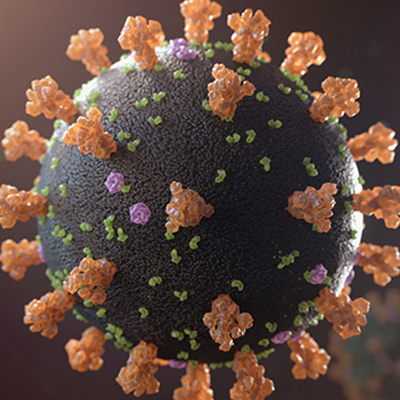September 30, 2022 -- Researchers at Switzerland’s École Polytechnique Fédérale de Lausanne (EPFL) have discovered the mechanism by which pathogens exploit a key cellular process to intoxicate or poison cells.
Their study of host-pathogen interactions, published September 28 in the journal Developmental Cell, furthers the understanding of fundamental biological processes.
The anthrax bacterium toxin consists of a protective antigen and two enzymatic subunits -- the lethal factor and the edema factor. When secreted, the protective antigen binds receptors on the cell membrane and is then cleaved by furin, an enzyme. With other antigens, it forms a pore, which allows the lethal and edema factors to enter and damage the cell. Although this process was known, the specific mechanism by which the toxin entered the cell were unknown.
The screening of 1,500 genes involved in organizing cell organelles and membrane pointed to two genes and their proteins, called TMED2 and TMED10. Both were unexpectedly located at the interface between two cell organelles -- the endoplasmic reticulum (ER) and the Golgi apparatus.
When the scientists suppressed the TMED2 and TMED10 genes, the anthrax toxin lost its ability to form pores. Further analysis revealed that the two proteins organize large protein supercomplexes responsible for cholesterol transfer between the ER and Golgi organelles. Without this transfer, cholesterol fails to reach the cell membrane, where cholesterol-rich nanodomains are required for the toxin's mode of action.
"What our work shows is how a complex in the center of the cell, the ER-Golgi interaction region, controls plasma membrane cholesterol, which is essential for many cellular functions, if not essential for multicellular life," said co-author and EPFL professor Gisou van der Goot, PhD.
Copyright © 2022 scienceboard.net









